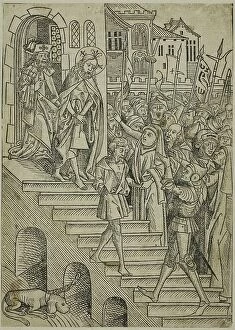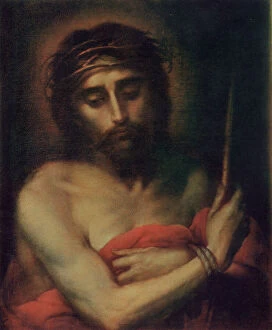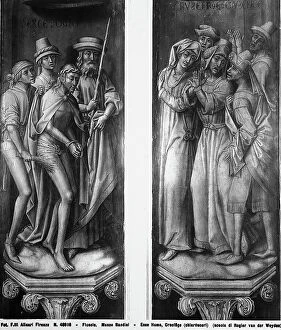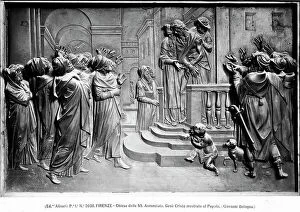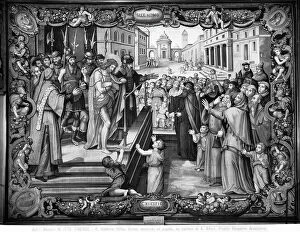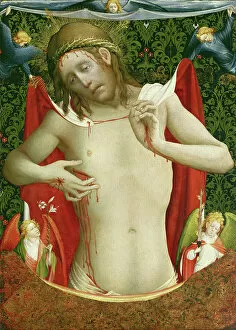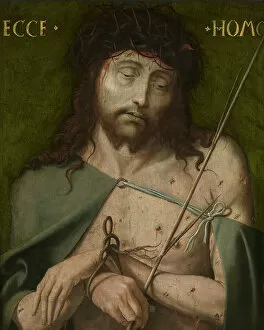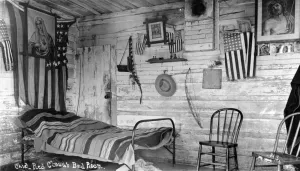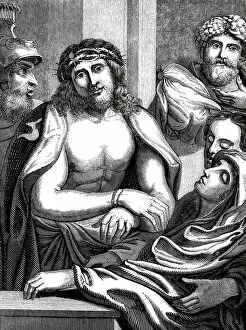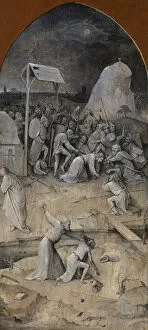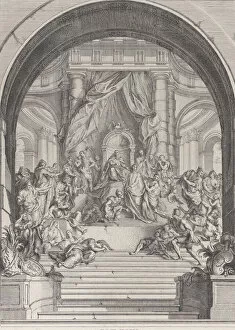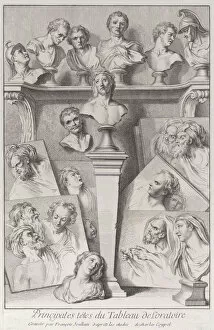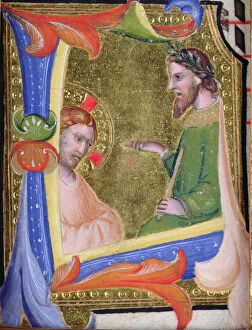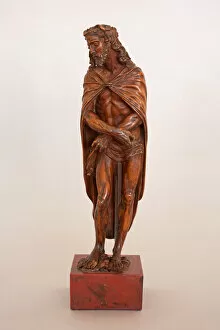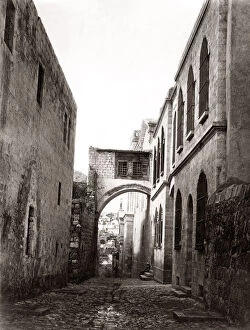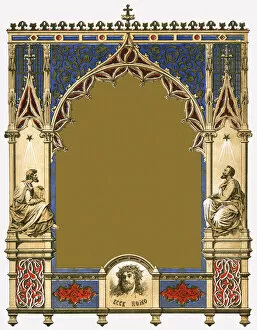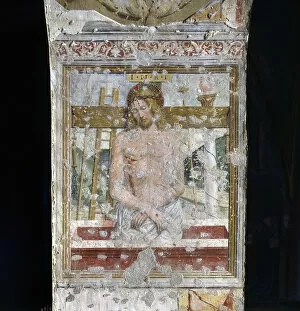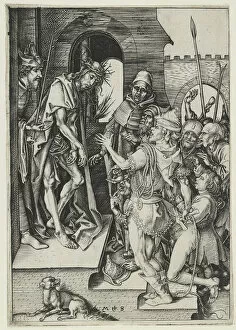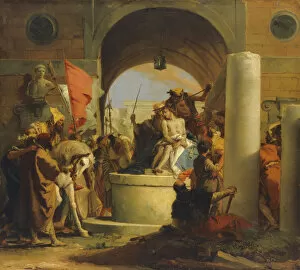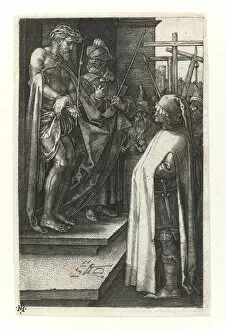Ecce Homo Collection (page 2)
"Ecce Homo: A Glimpse into the Divine and Human Suffering" Step into the world of religious art as we explore the captivating theme of "Ecce Homo
All Professionally Made to Order for Quick Shipping
"Ecce Homo: A Glimpse into the Divine and Human Suffering" Step into the world of religious art as we explore the captivating theme of "Ecce Homo, " a Latin phrase meaning "Behold the Man. " This powerful depiction of Christ's suffering has been portrayed by various artists throughout history, each offering their unique interpretation. In 1538, Lucas Cranach, the Elder, created "The Flagellation of Christ, " showcasing his mastery in capturing emotion through brushstrokes. The torment inflicted upon Jesus is palpable, evoking empathy from viewers. Fast forward to 1617 when Pieter Paul Rubens painted another rendition titled "The Flagellation of Christ. " His vibrant colors and dynamic composition breathe life into this biblical scene, leaving an indelible mark on art enthusiasts. One cannot discuss Ecce Homo without mentioning Hamburg's Hamburger Kunsthalle. In their collection lies an exquisite piece from the first half of the 16th century—a haunting portrayal rendered with oil on wood. Its unknown artist skillfully conveys both vulnerability and strength in Christ's face. Moving further back in time to 1519, two frescoes bearing the same title were created. These works capture not only physical suffering but also spiritual anguish—reminding us that Jesus' sacrifice transcends mere human comprehension. Even photography pays homage to Ecce Homo; a black-and-white photo taken in 1891 showcases its enduring influence within Red Clouds House's interior—an eternal reminder of humanity's connection to divinity. Beyond depicting Christ alone, some artworks incorporate additional elements. For instance, a triptych by an anonymous artist portrays "The Temptation of Saint Anthony" alongside "The Capture of Christ, " emphasizing how temptation intertwines with suffering throughout our lives. Another notable representation features three angels surrounding Ecce Homo—a testament to Gilles Rousselet's artistic prowess in merging heavenly beings with earthly struggles during the 17th century.


